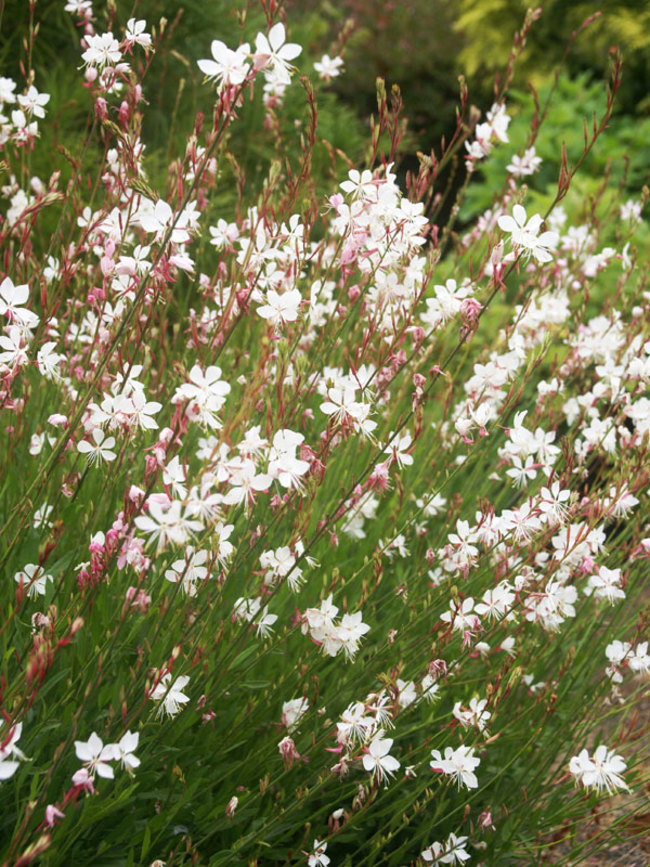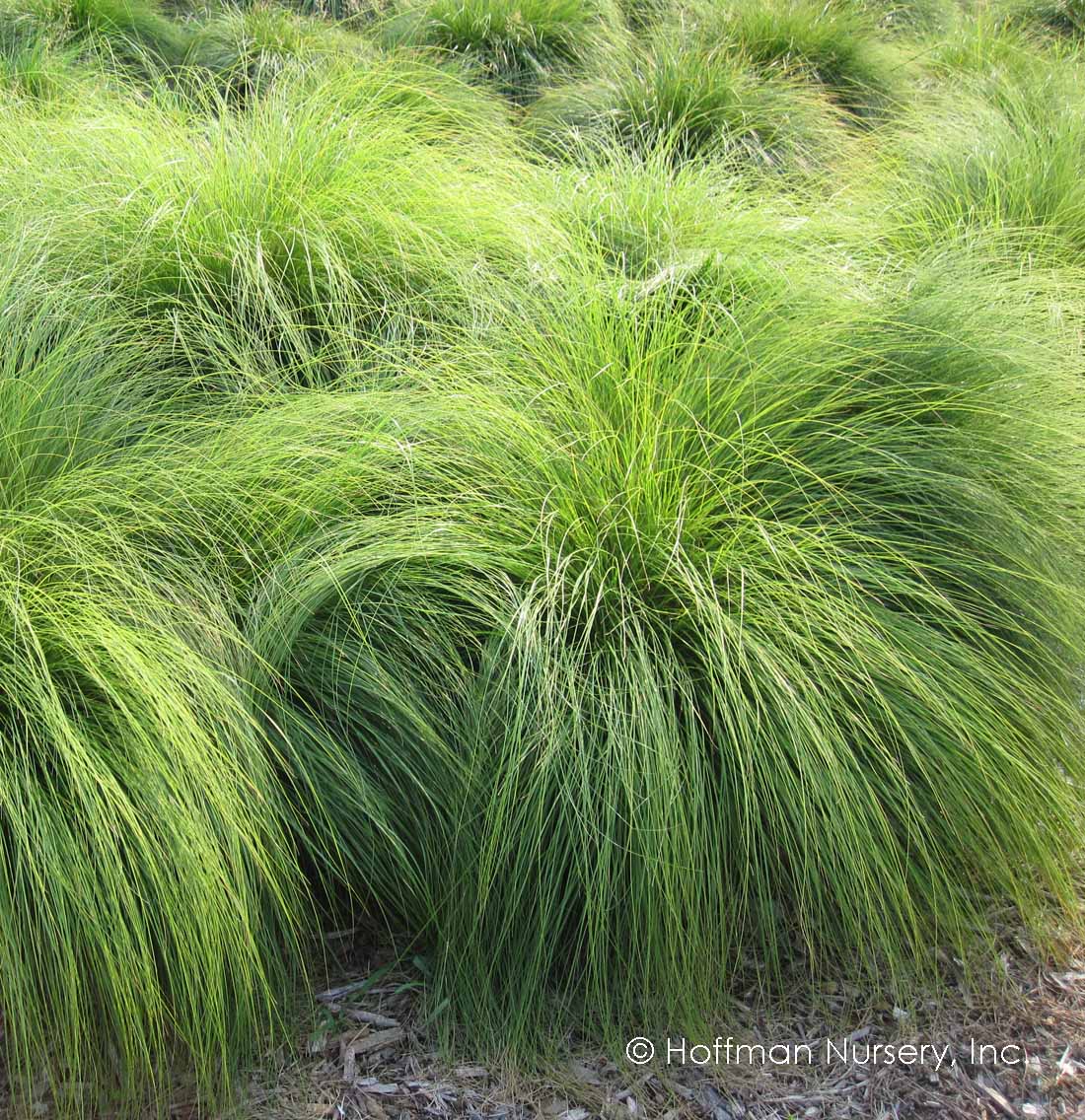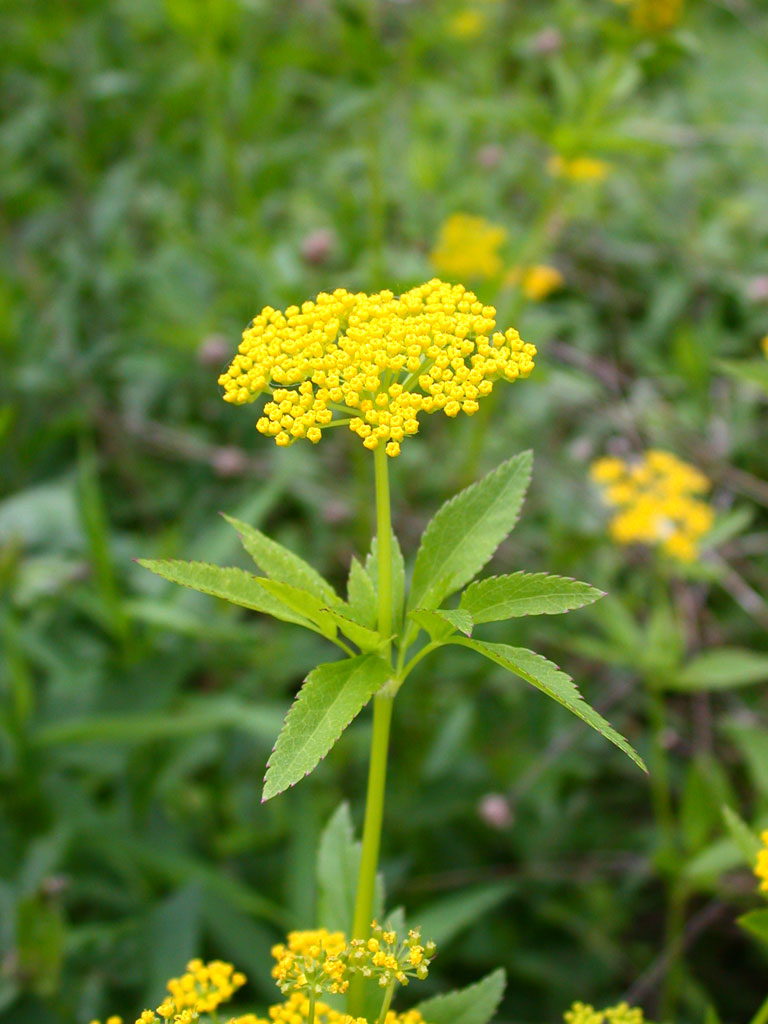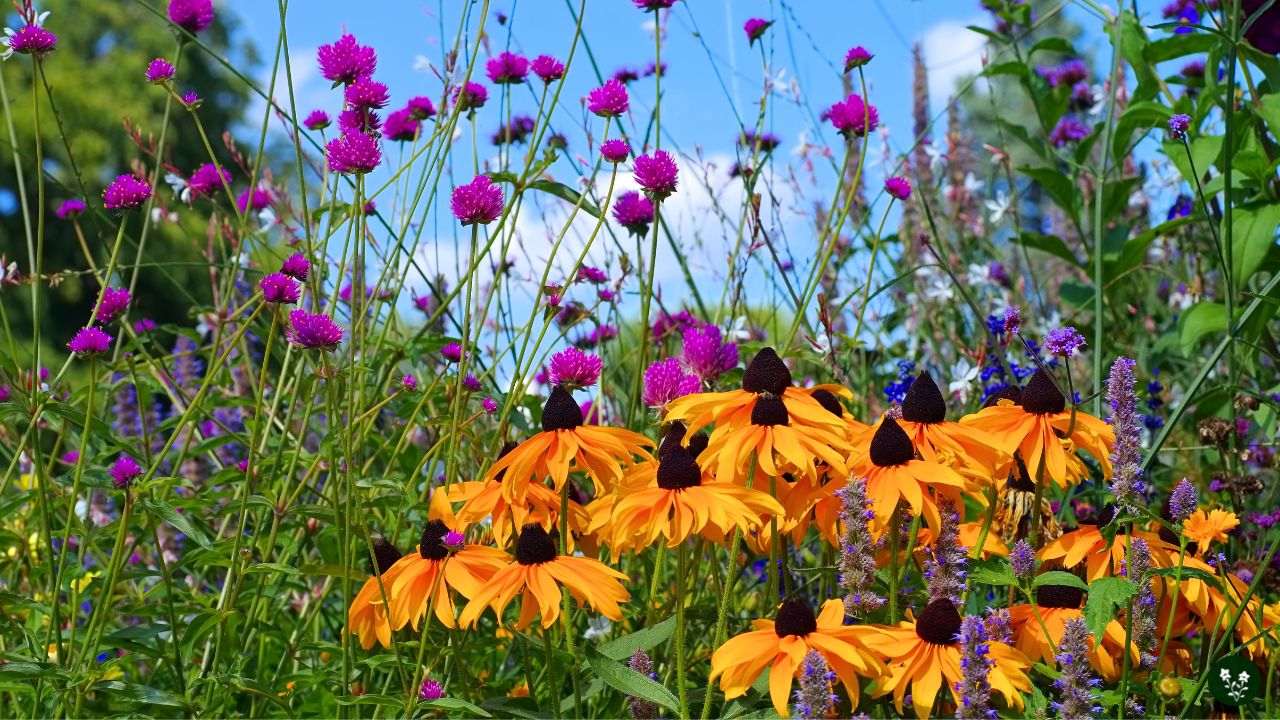Blueeyed Grass Companion Plants That Will Make Your Garden Pop
Blue-Eyed Grass Companion Plants That Will Make Your Garden POP
Blue-eyed grass (Sisyrinchium spp.) is a beautiful, low-maintenance perennial that is native to North America. It is known for its delicate, star-shaped flowers that bloom in shades of blue, purple, and white. Blue-eyed grass is a great choice for adding a touch of color and interest to any garden, and it is also relatively easy to care for.
One of the best ways to enhance the beauty of blue-eyed grass is to plant it with companion plants. Companion plants are those that complement each other in terms of their size, color, texture, and growing requirements. When choosing companion plants for blue-eyed grass, it is important to consider the following factors:
- Sunlight: Blue-eyed grass prefers full sun, so you will want to choose companion plants that also thrive in full sun.
- Water: Blue-eyed grass is relatively drought-tolerant, but it does appreciate regular watering, especially during the first year after planting. When choosing companion plants, make sure they have similar water needs.
- Soil: Blue-eyed grass prefers well-drained soil. If your soil is on the sandy side, you may need to add some compost or other organic matter to improve drainage.
- Height: Blue-eyed grass typically grows to be 6-12 inches tall. When choosing companion plants, keep their height in mind so that they do not overshadow the blue-eyed grass.
- Color: Blue-eyed grass comes in a variety of colors, so you can choose companion plants that complement or contrast with its flowers.
Here are a few companion plants that would make great partners for blue-eyed grass:
- Coreopsis: Coreopsis is a sunny perennial that comes in a variety of colors, including yellow, orange, and pink. It blooms in the summer and fall, and it is a great choice for adding color and texture to a garden.
- Daylily: Daylilies are another sunny perennial that comes in a wide range of colors. They bloom in the summer, and they are relatively easy to care for.
- Black-eyed Susan: Black-eyed Susans are native to North America and they bloom in the summer. They are a great choice for adding a touch of wildflower beauty to a garden.
- Yarrow: Yarrow is a hardy perennial that blooms in the summer. It comes in a variety of colors, including white, yellow, and pink. Yarrow is a great choice for adding color and texture to a garden, and it is also deer-resistant.

- Gaura: Gaura is a delicate perennial that blooms in the summer. It has airy, pink or white flowers that will add a touch of whimsy to any garden. Gaura is a great choice for adding height and interest to a border.

- Little bluestem: Little bluestem is a native prairie grass that blooms in the summer. It has delicate, blue-green leaves and feathery, blue flowers. Little bluestem is a great choice for adding height and movement to a garden.

- Prairie dropseed: Prairie dropseed is another native prairie grass that blooms in the summer. It has slender, blue-green leaves and delicate, white flowers. Prairie dropseed is a great choice for adding height and movement to a garden.

- Golden Alexanders: Golden Alexanders is a native wildflower that blooms in the spring. It has bright yellow flowers that will add a touch of sunshine to any garden. Golden Alexanders is a great choice for adding color and texture to a border.

These are just a few ideas for companion plants that would make great partners for blue-eyed grass. When choosing companion plants, be creative and have fun! The possibilities are endless.
Blue-eyed grass (Sisyrinchium spp.) is a beautiful perennial wildflower that blooms in spring and early summer with star-shaped, blue-purple flowers. It is a low-maintenance plant that is easy to grow in most conditions, but it can benefit from being planted with companion plants that complement its appearance and growing requirements.
Some good companion plants for blue-eyed grass include:
- Little bluestem: This native prairie grass has a similar blue-green color to blue-eyed grass and can add height and texture to a planting. Gardenia Inspiration
- Thimbleweed: This wildflower has delicate white flowers that bloom in the summer and can provide contrast to the blue flowers of blue-eyed grass.
- Side-oats grama: This native grass has a soft, silvery appearance that can add interest to a planting.
- Prairie dropseed: This native grass has airy, feathery seed heads that bloom in the fall and can add interest to a planting after blue-eyed grass has finished blooming.
- Shooting star: This wildflower has delicate pink or white flowers that bloom in the spring and can provide contrast to the blue flowers of blue-eyed grass.
- Alum root: This native wildflower has blue or white flowers that bloom in the spring and can add a touch of elegance to a planting.
- Prairie clover: This native wildflower has white or pink flowers that bloom in the spring and can provide nectar for butterflies and other pollinators.
- Downy phlox: This wildflower has delicate blue or pink flowers that bloom in the spring and can add a touch of sweetness to a planting.
- Needle grass: This native grass has a wispy appearance that can add interest to a planting.
- Golden Alexanders: This wildflower has bright yellow flowers that bloom in the spring and can provide a striking contrast to the blue flowers of blue-eyed grass.
For more information about blue-eyed grass companion plants, please visit Gardenia Inspiration.
FAQ of blue eyed grass companion plants
- What are some good companion plants for blue-eyed grass?
Blue-eyed grass is a low-maintenance perennial that prefers full sun and well-drained soil. It is tolerant of drought and heat, and it can be grown in USDA hardiness zones 3-8. Some good companion plants for blue-eyed grass include:
* Yarrow: Yarrow has yellow flowers that contrast nicely with the blue of blue-eyed grass. It also has similar growing conditions, so it is a good choice for a companion plant.
* Prairie smoke: Prairie smoke is a native wildflower that has delicate white flowers. It blooms in the spring, just like blue-eyed grass, so they can be planted together to create a continuous display of blooms.
* Blue grama grass: Blue grama grass is a native grass that is drought-tolerant and low-maintenance. It can help to prevent erosion and provide a groundcover for blue-eyed grass.
* Pasque flower: Pasque flower is a native wildflower that blooms in the early spring. It has purple flowers that complement the blue of blue-eyed grass.
* Prairie lily: Prairie lily is a native wildflower that has orange or yellow flowers. It blooms in the summer, so it can help to extend the bloom time of blue-eyed grass.
- Where is the best place to plant blue-eyed grass?
Blue-eyed grass prefers full sun and well-drained soil. It can be planted in a garden bed, rock garden, or border. It is also a good choice for planting in a container. When planting blue-eyed grass, it is important to dig a hole that is twice as wide as the root ball. Backfill the hole with soil and water the plant well.
- How far apart should blue-eyed grass plants be planted?
Blue-eyed grass plants should be planted about 6 inches apart. This will give them enough room to spread and grow. If you are planting blue-eyed grass in a container, you will need to choose a pot that is large enough for the plants to spread.
- How much water does blue-eyed grass need?
Blue-eyed grass is a drought-tolerant plant, but it will need some water during the first year after planting. Once the plant is established, it will only need water during periods of drought.
- How do I care for blue-eyed grass?
Blue-eyed grass is a low-maintenance plant. It does not need to be fertilized often. A light application of fertilizer in the spring will help to promote flowering. Blue-eyed grass may need to be divided every few years to keep it healthy and vigorous.
Image of blue eyed grass companion plants
Here are 5 different images of "blue eyed grass companion plants" from Pinterest:
- Black-eyed Susan: This cheerful wildflower blooms in shades of yellow, orange, and red from mid-summer to fall. It attracts butterflies and other pollinators, and it can help to suppress weeds.

- Daylily: Daylilies are long-blooming perennials that come in a wide range of colors. They are deer-resistant and drought-tolerant, and they can help to add height and color to a blue eyed grass border.

- Shasta daisy: Shasta daisies are a classic cottage garden flower that blooms in white from late spring to early summer. They are easy to care for and attract butterflies and other pollinators.

- Coneflower: Coneflowers are another popular choice for companion planting with blue eyed grass. They come in a variety of colors, including purple, pink, and yellow, and they bloom from mid-summer to fall. Coneflowers are also deer-resistant and drought-tolerant.

- Yarrow: Yarrow is a hardy perennial that blooms in white, yellow, or pink from early summer to fall. It is deer-resistant and drought-tolerant, and it can help to attract beneficial insects to the garden.
Post a Comment for " Blueeyed Grass Companion Plants That Will Make Your Garden Pop"